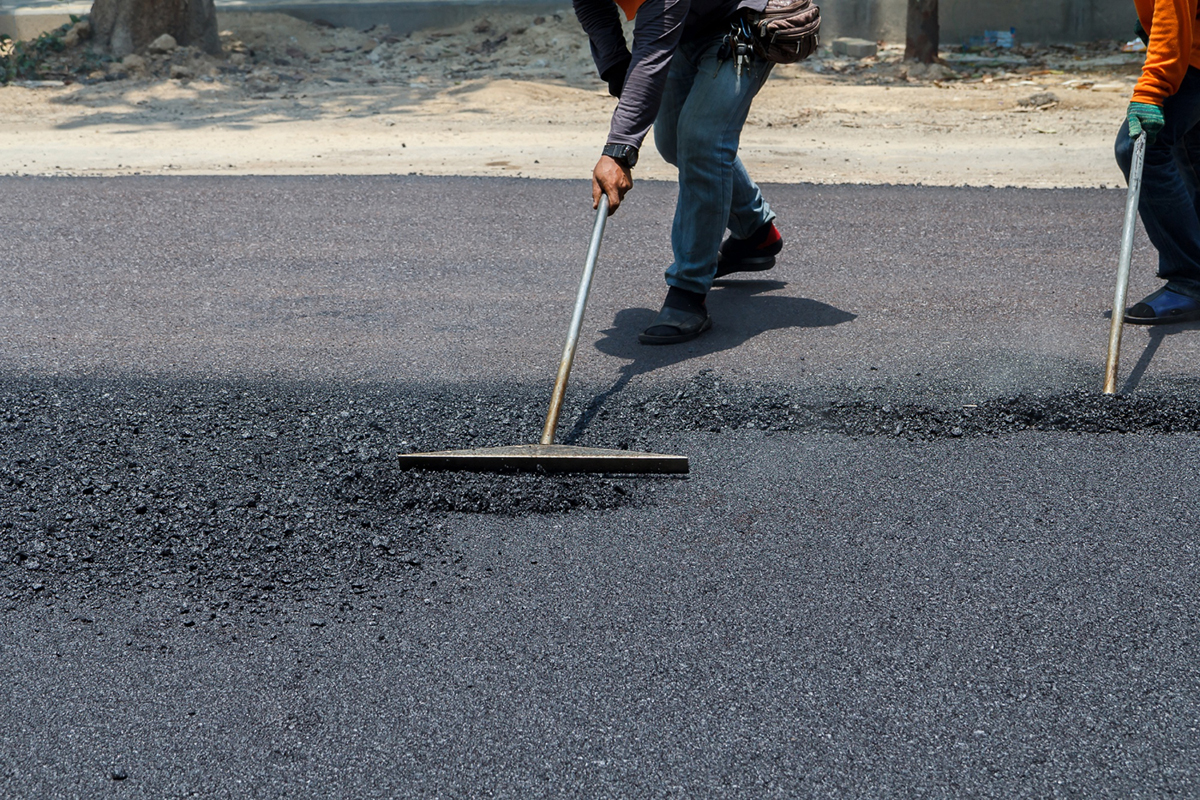Safety Practices for Working with Sealcoating

Sealcoating is a popular method of protecting asphalt surfaces, including driveways, parking lots, and even highways. This technique involves applying a thin layer of emulsion or asphalt-based coating to the surface, protecting it from weather damage, oxidation, and other environmental factors. While sealcoating is an effective way of preserving the integrity of your pavement, it also poses potential hazards to both the workers and the general public. In this blog post, we will discuss some of the safety practices for working with sealcoating to ensure maximum safety for everyone.
Protective Gear
The most important safety measure when working with sealcoating is wearing the right protective gear. Workers should always wear gloves, respirators, safety glasses, and other protective gear to avoid exposure to harmful chemicals and fumes. Proper protective gear will also protect workers' skin from burns due to contact with hot materials.
Training and Experience
Workers should have proper training and experience before working with sealcoating. The process involves using a lot of machinery and equipment, and any misstep could lead to an accident. Workers should receive training on sealcoating safety practices and proper use of equipment to avoid injuries. The more experience a worker has, the less likely they are to make mistakes.
Work Environment
Before sealcoating, workers need to prepare the work environment. They should clear any debris, rocks, or objects that could affect the process. Workers should cordon off the working area and place visible signs to warn the public of potential safety hazards. Additionally, they should ensure that the work area is well lit to avoid accidents, especially when working at night.
Proper Handling of Chemicals
Sealcoating chemicals contain volatile organic compounds that are toxic and pose health hazards when inhaled. Workers should ensure that they store these chemicals properly to avoid spills and leaks. They should use protective gear when handling chemicals and follow all safety protocols. Additionally, they should avoid pouring excess materials on the ground or driveways as it poses a risk to public safety.
Machinery and Equipment
The machinery and equipment used in sealcoating can be dangerous if not handled correctly. As such, workers should ensure that the equipment is in good condition before starting work. They should also inspect it frequently to ensure that it is working correctly. Workers should avoid overloading the equipment, as it could lead to malfunctions and accidents.
Conclusion
Working with sealcoating requires proper safety practices to avoid hazards that could potentially lead to accidents and injuries. Protective gear, training and experience, a safe work environment, proper handling of chemicals, and handling machinery and equipment are essential safety practices. As a customer or consumer seeking sealcoating services, it is crucial to ensure that the contractor follows proper safety protocols, not just to protect workers but also to minimize the risk of any public safety hazards. So if you need sealcoating services, contact C. Brooks Paving, a reliable contractor that values safety and expertise in Fredericksburg, TX, for your free estimate.